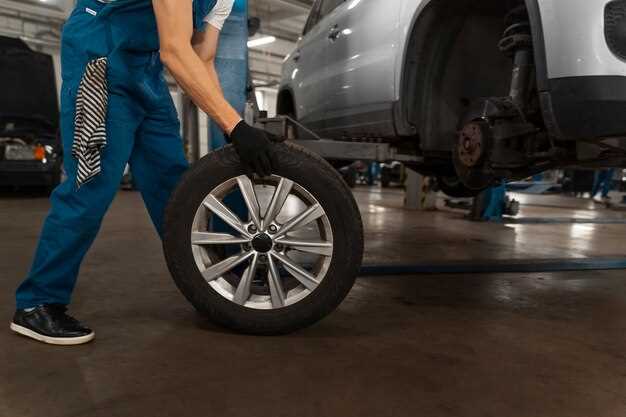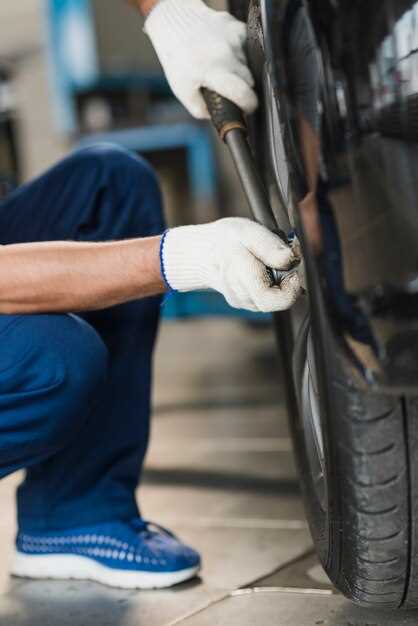
Maintaining the correct tire pressure in your vehicle is essential for ensuring optimal performance, safety, and fuel efficiency. Underrated yet critical, tire inflation is often overlooked by drivers, leading to premature tire wear, reduced traction, and even increased risk of blowouts. Understanding and implementing proper techniques for inflating your car tires not only enhances your driving experience but also contributes to your overall vehicle maintenance.
Each vehicle model has specific tire pressure recommendations, usually indicated on a sticker located inside the driver’s door jamb or in the owner’s manual. Checking your tire pressure regularly, ideally when the tires are cold, is crucial. As tires heat up from driving, the pressure can increase, giving you an inaccurate reading. In this article, we will delve into the step-by-step process of inflating your tires properly and highlight the tools needed to achieve the correct inflation consistently.
Whether you are a seasoned driver or a newcomer to vehicle maintenance, mastering the technique of tire inflation can lead to improved road performance and safety. Let’s explore the necessary steps and best practices to ensure that your tires are inflated correctly and efficiently.
Understanding Recommended Tire Pressure and Its Importance

Recommended tire pressure refers to the optimal level of air pressure specified by the vehicle manufacturer for each tire. This measurement is crucial for the overall performance, safety, and longevity of your tires. It is typically indicated on a label located in the driver’s side door jamb or in the owner’s manual.
Maintaining the correct tire pressure enhances fuel efficiency. Under-inflated tires increase rolling resistance, forcing the engine to work harder, which leads to higher fuel consumption. Conversely, over-inflated tires can result in a harsher ride and diminished traction, especially in wet conditions.
Additionally, proper tire pressure ensures even tire wear. Tires that are inflated too low or too high can wear unevenly, reducing their lifespan and requiring premature replacement. Regularly checking tire pressure can help avoid unnecessary expenses and improve overall safety on the road.
Driving on properly inflated tires improves handling and stability. Correct pressure allows tires to maintain optimal contact with the road, providing better grip and handling characteristics. This is especially important in adverse weather conditions, where traction is essential.
Lastly, regularly monitoring and adjusting tire pressure is necessary for safety. Tires that are significantly under-inflated or over-inflated increase the likelihood of tire blowouts, posing a significant risk to drivers and passengers. By adhering to recommended tire pressure, drivers can minimize such risks and ensure a safer driving experience.
Step-by-Step Guide to Using a Tire Pressure Gauge

Checking your tire pressure regularly is essential for ensuring optimal performance and safety. A tire pressure gauge is a simple tool that enables you to measure the air pressure in your tires accurately. Follow this step-by-step guide to effectively use a tire pressure gauge.
Step 1: Gather Your Tools
Before starting, acquire a tire pressure gauge. There are several types available, including digital, analog, and pencil-style gauges. Select one that suits your preference. Additionally, ensure you have access to the vehicle’s recommended tire pressure, typically found on a sticker inside the driver’s door or in the owner’s manual.
Step 2: Prepare Your Vehicle
For the most accurate reading, check the tire pressure when the tires are cold, as driving can heat up the tires and temporarily increase the pressure. If your vehicle has been sitting for at least three hours or has been driven less than a mile, you’re ready to proceed.
Step 3: Remove the Valve Cap
Locate the valve stem on the tire, which is a small protrusion usually covered by a plastic cap. Unscrew and remove the valve cap carefully, ensuring you place it in a safe location to avoid losing it.
Step 4: Press the Gauge onto the Valve Stem
Position the gauge over the valve stem and press down firmly. You should hear a brief hissing sound as the air releases momentarily. For accurate results, ensure the gauge is perpendicular to the valve stem.
Step 5: Read the Pressure
After pressing down, quickly read the display on your gauge. If using an analog gauge, note where the needle points on the pressure scale. For digital gauges, the reading will be displayed immediately. Compare the reading to the recommended pressure listed on your vehicle.
Step 6: Adjust Tire Pressure as Needed
If the tire pressure is too low, add air until you reach the recommended level. Conversely, if it’s too high, you can release some air by pressing the small metal stem inside the valve with a tool or your finger until the desired pressure is achieved. Recheck the pressure with the gauge to confirm accuracy.
Step 7: Replace the Valve Cap
Once the tire is at the correct pressure, replace the valve cap securely to prevent dirt and moisture from entering. Repeat the process for each tire, ensuring all are properly inflated.
Step 8: Store Your Gauge
After checking all tires, store your tire pressure gauge in a safe and accessible location within your vehicle. Regularly check the pressure every month or before long trips to maintain tire health.
Common Mistakes to Avoid When Inflating Tires
One of the most frequent mistakes when inflating tires is neglecting to check the manufacturer’s recommended pressure. It’s crucial to consult the vehicle’s manual or the sticker usually found on the driver’s side door jamb to find the correct PSI. Ignoring this can lead to under-inflation or over-inflation, both of which compromise safety and performance.
Another common error is inflating tires when they are hot. Tire pressure increases as tires heat up from driving, which may result in an artificially high reading. Always check and adjust tire pressure when the tires are cold, ideally after the vehicle has been parked for a few hours.
Failing to use a reliable pressure gauge is also a significant mistake. Not all gauges are calibrated the same way, and using an inaccurate one can lead to improper inflation. It is advisable to invest in a quality gauge and double-check its accuracy periodically.
Overlooking the importance of checking all tires, including the spare, is another mistake. Many drivers focus only on the visible tires, but maintaining correct pressure in all tires is essential for balanced handling and fuel efficiency. Don’t forget to check the spare tire, especially if you travel long distances.
Lastly, not paying attention to tire wear and tear can lead to complacency in maintenance. Regularly inspecting tires for uneven wear, cuts, or bulges is vital. Even properly inflated tires can fail if they are in poor condition, so keep an eye on overall tire health as well.





